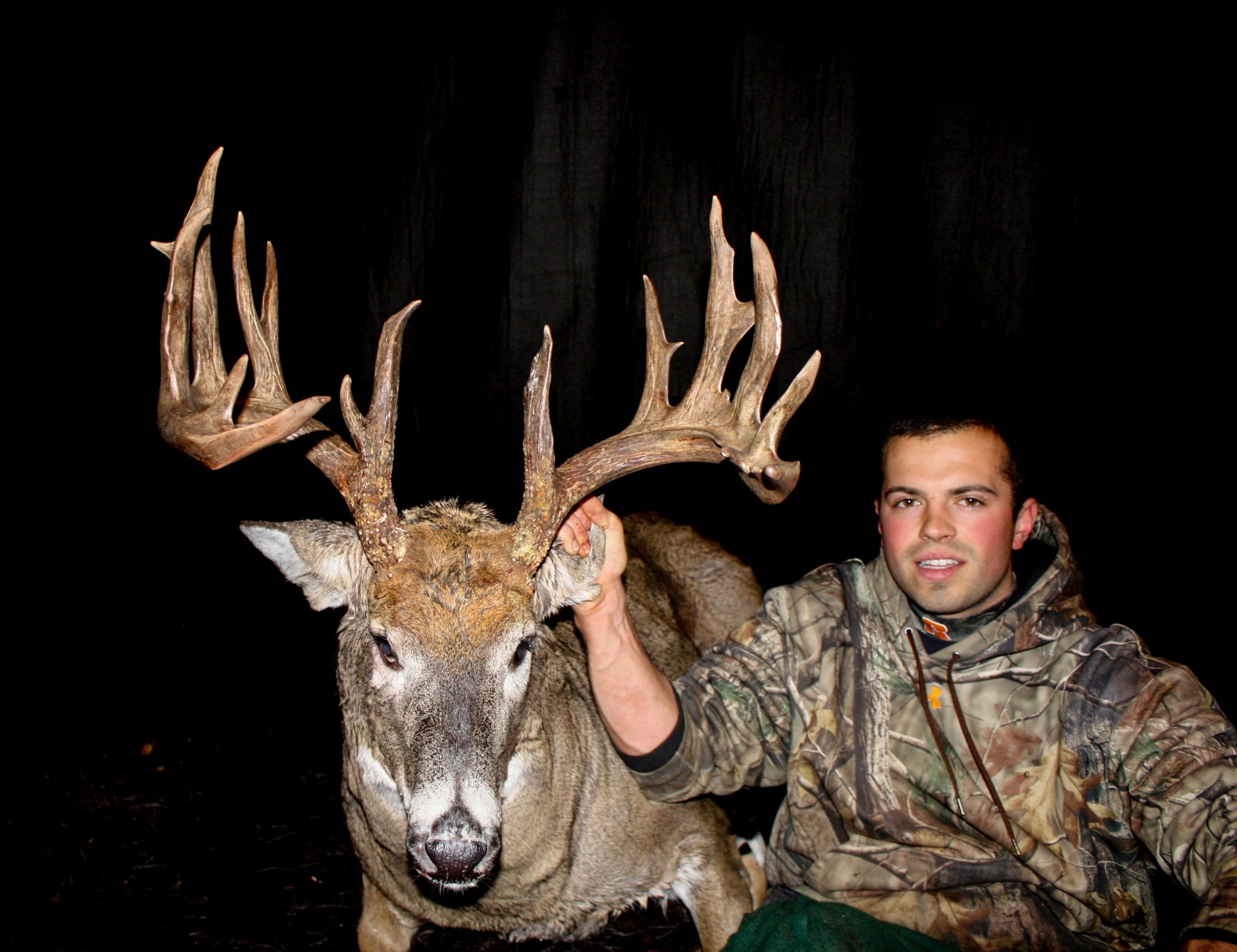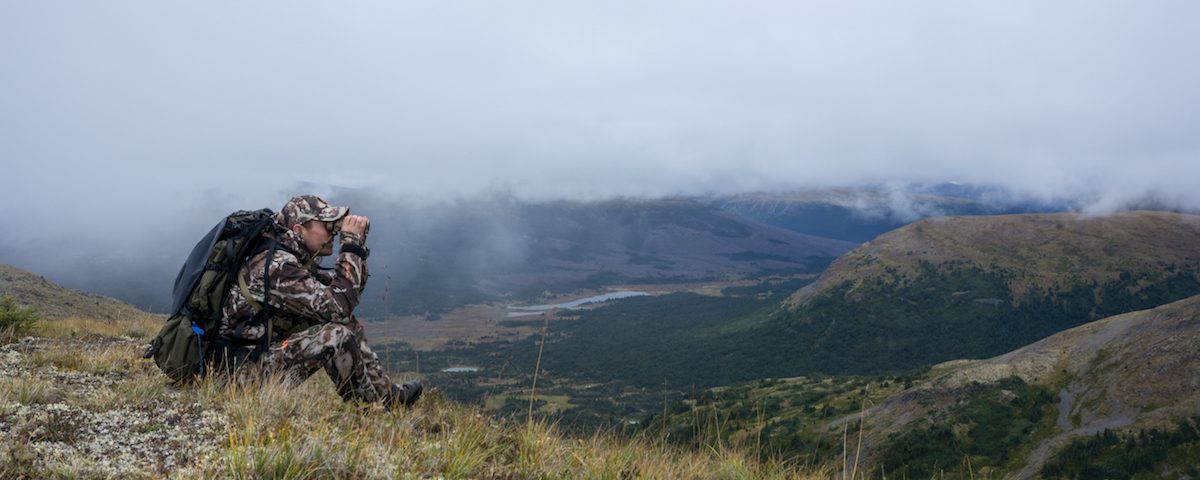Larysa Unleashed on a British Columbia Moose Hunt
March 28, 2017
Gear Tips: Alberta Whitetail Hunts in Cold Weather
April 11, 2017How to carry all your gear? It’s a common dilemma for many hunters. Some of us will admit to having a pile of different backpacks at home that we’ve tried over the years. There are daypacks, expedition packs, ultralight packs and meat haulers. The wide range of options can be confusing.
Unfortunately there’s no easy answer to the hunting pack dilemma. Especially when you tend to hunt widely varying locations throughout the year. On a day hunt close to home, you will pack very differently than when you’re on a multi-day backpack hunt. On our remote wilderness hunts, we often backpack to a spike camp and hunt each day from there. In other situations, we might be hunting from a cabin on a lake. During the course of a 10 day hunt, you might get a little of both.
The right answer is the one that works best for the locations you hunt most often. And for some hunters, that might mean having multiple setups.
To keep it simple, you can divide backpack options into three categories:
- The Classic Daypack
When hunting close to a lodge or a base camp, a classic daypack is an easy choice. This is what we’d typically recommend for our Alberta whitetail hunts. Daypacks tend to be between 1,500 and 3,000 cubic inches. Daypacks can be both comfortable and lightweight. It will typically allow a wide range of motion for scrambling up steep slopes or drawing your bow.
Whenever possible, opt to go this route. It’s simply more comfortable, and you can maneuver more easily with a small pack.
The shortcomings of a daypack become clear when an animal on the ground. It’s never going to be your best option for hauling a heavy load. By their nature, the lightweight shoulder straps and waist belt on a daypack aren’t going to be the most comfortable. In these situations you might haul what you can back to camp and then switch packs to haul the rest.
- The Classic Backpacker
The uses for this type of bag are obvious. These bags are usually 4,000 to 6,000 cubic inches or more. Size depends on how many days you’ll be in the field at a time and the time of year (colder weather usually means more gear). This is the size we recommend for most of our British Columbia hunts.
The downside of any large backpacking bag is that after you’ve set camp and are out hunting for the day, you have a giant bag on your back. Some backpacking bags cinch down pretty snug for day hunting, but they still feel somewhat unwieldy as daypacks. The extra webbing is hanging everywhere, and keeping your day hunting gear organized is not as easy as in a classic daypack.
However, for long backcountry trips, this downside can be overlooked. When you need capacity and hauling ability, this is the way to go.
- Convertible Options
Many companies now make frame packs that can convert from daypacks to load haulers with relative smoothness. Some packs achieve this by being able to switch bags on a single frame and suspension. Others accomplish it by allowing the bag to separate from the frame, letting you to compress an extra load between the bag and the frame.
These convertible options are nice for those who tend to pack in and then hunt out of a spike camp, or those who want a daypack with the ability to haul meat out when necessary. These are great options for our remote, B.C. hunting trips. You could easily bring a 3,000 cubic inch bag and a 6,000 cubic inch bag that can be used on the same frame and suspension.
While it may sound like the perfect balance between the two, these packs do have downsides. Typically, these features come at the expense of more complexity and weight. If all you really need is a daypack, a classic daypack is always going to be more comfortable and offer better maneuverability and pocket organization. Or if all you really need is load-hauling ability, an internal frame load hauler will do a better job. While a convertible option may allow both, it may not be the best at one or the other.
Making a Decision
When it comes to the right pack for you, the most important thing is to be honest with yourself about your needs. Don’t make a decision based on what looks cool or based on features that are attractive but unnecessary.
Think through each day of your hunt and be honest about the needs you’ll have. In the end, you might decide that there’s not one pack that can do it all. You may end up needing multiple setups for multiple situations. And that’s fine. Sometimes, having a couple of specialized packs is better than having one that claims to do it all.
At North River Outfitting, we offer outstanding wilderness hunts in British Columbia for moose, mountain caribou, mountain goat, grizzly and stone sheep. And in Alberta we are known for our trophy whitetail hunts. For details, please call us at 780-675-1942 or send us a message.

